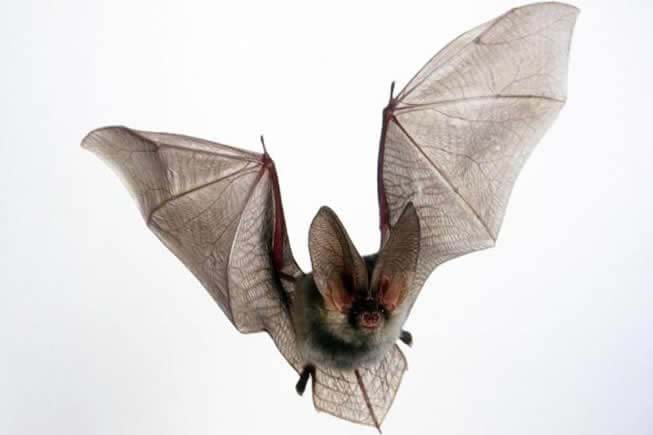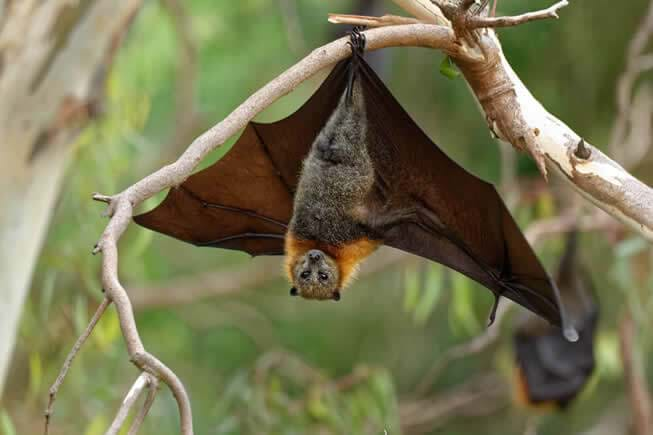It’s time to celebrate Halloween, and images of bats are everywhere. We tend to be spooked by the nocturnal creatures, but they provide many benefits for our environment. In the Akamas region, about ten species of bats are found. They live in caves throughout the rocky peninsula as well as in rotten trees and abandoned structures. The largest species is the Egyptian fruit bat. It has a wingspan of about 60 centimetres and weighs from 100 to 170 grams. Fruit-eating bats aid in the pollination of plants and trees, the dispersal of seeds, and the control of the insect population. They prefer overripe fruit, which is a boon to fruit growers as they remove unsellable produce from the orchard and the Mediterranean fly larvae incubating within it. Cyprus is the only country in the EU where the Egyptian fruit bat can be found. The other bats of the Akamas feed on insects—lots of them! The pipistrelle bat, for example, eats up to 3,000 bugs per night. Having bats in our presence reduces pests and our reliance on pesticides. Notable insect-eating species include the greater horseshoe bat, which is the longest living European bat species (up to 30 years), and the common bent-wing bat, which has subtropical origins and enjoys the warm weather of the Mediterranean. Bats are the only mammals capable of active flight; they have eyesight and can find their way in the dark by echolocating. Because of their importance to the environment, all bat species are protected in Cyprus.

